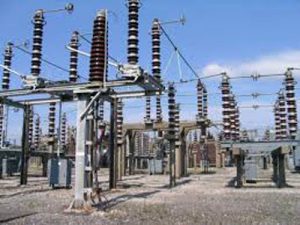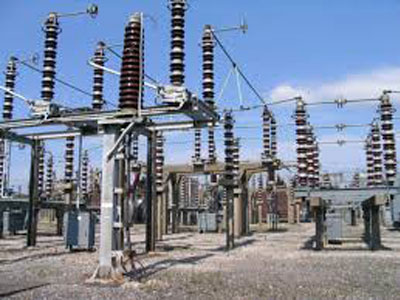Power distributor Umeme has approved additional borrowing of $45m (Shs165b) to further expansion around the country.

Daily Monitor understands that the loan was approved as part of an extension of the line of credit offered by International Finance Corporation (IFC), Stanbic Bank and Standard Chartered Bank. Umeme had by May 2016 utilised the entire $170m (Shs612b) loan facility from the three institutions.
In its 2015 annual report, Umeme notified shareholders that it would have to raise additional funding over the next five years. Daily Monitor understands that at least $25m (Shs90b) was immediately extended to Umeme from Standard Chartered Bank and Stanbic Bank.
On December 9, IFC also approved lending a balance of about $20m (Shs72b) in addition to what the two Ugandan commercial banks had provided. The money from the IFC is now pending disbursement.
“The additional financing will be used to support the company’s capital investment programme, including expansion and reinforcement of the distribution network, the rollout of pre-payment metering, reduction of commercial and technical losses and increasing customer grid connections,” reads a note seen by Daily Monitor.
Need for more funding
In 2013, Umeme secured a syndicated loan facility from IFC, Stanbic Bank and Standard Chartered Bank of $170m. This amount was all utilised by May 2016, which explains why Umeme went out to have an extended credit line.
In the next five years, Umeme requires about Shs1.1 trillion to expand the network and prepare for the load that will come from the Isimba and Karuma dams.
Mr Selestino Babungi, the managing director Umeme, confirmed to this newspaper why the additional funding was necessary.
“The electricity sector requires significant funding to expand and upgrade the current distribution infrastructure to cater for growth, improve the reliability of supply, connect new customers to the grid and reduce energy losses.
“The investments we make benefit customers through improvements in the quality of supply, new connections and energy losses reduction that contributes to lowering of tariffs,” he said.

